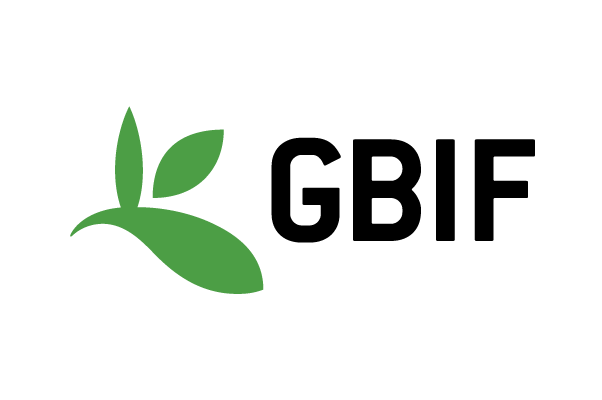The Species Status Information Index (SSII) measures the adequacy of data on the distribution of single species and on the make-up of species assemblages in a location or region.
An interactive SSII map is hosted on Map of Life.
| EBV class Species Populations Species distribution |
EBV class Community Composition Taxonomic diversity |
Purpose
To provide an annually updated metric of how growth in the amount and detail of digitally accessible information on species occurrences in space and time is addressing regional and global information gaps. The Species Status Information Index benefits from a large stack of species distribution data, a continuously updated informatics infrastructure, and interactive reporting tools. It is designed to measure and report progress in relation to CBD Aichi Target 19.
 |
CBD Aichi Target 19 Sharing information and knowledge |
Coverage
The index uses species data addressing all terrestrial areas of the world from 100km down to, for some groups, 1km spatial resolution. It can be aggregated at spatial levels ranging from small regions, countries, biomes, to the whole planet. It will be updated continuously with latest mobilized records from GBIF and many other location data sources. This enables at least twice-annual formal index updates and a reporting on Aichi Target 19 achievements for twenty time points between 2011 and 2020.
Methods
Indicators addressing Aichi Target 19 have limits in their ability to relate knowledge improvements and sharing to the knowledge needs. The data needs to adequately represent biodiversity status and trends increase with the number of species and the spatial extent of their populations. The Species Status Information Index combines data availability and data needs into a single metric that enables a standardized, transparent, and quantitative tracking of how well information gaps are getting filled. The index builds on the model- and expert-based information about the geographic distribution of species, available through Map of Life. It then assesses how well currently accessible digital point occurrence locations for each species are able to spatially represent and ultimately track this distribution over time. In doing this, the index draws on a variety of sources, including GBIF, and takes into account the varying spatial and temporal accuracy of species location records. The index represents the aggregate of species-level metrics over any specified spatial unit such as countries or biomes. It can be calculated for different cut-offs of spatial or temporal detail and be reported separately by biological group. A version of the index can also account for countries’ stewardship of species (the proportion of the range that, according to the best estimate, is restricted to them). All underlying data and metrics are available through a dedicated dashboard in the Map of Life web interface (see example below). Currently, the Species Status Information Index is available for > 35,000 terrestrial species and validated with > 350 million location records. Extensions to increase species coverage and include freshwater and marine groups are underway.
Further resources:
Oliver RY, Meyer C, Ranipeta A, Winner K, Jetz W (2021) Global and national trends, gaps, and opportunities in documenting and monitoring species distributions. PLoS Biol 19(8): e3001336. https://doi.org/10.1371/journal.pbio.3001336

 Species Status Information Index
Species Status Information Index



